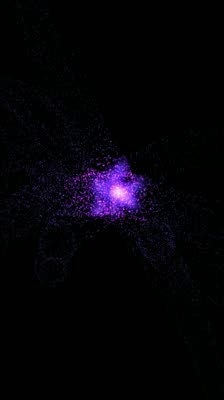Locals improve quantum view
 Australian tech-heads have improved the method for detecting the entanglement of quantum particles.
Australian tech-heads have improved the method for detecting the entanglement of quantum particles.
In the quantum world, entanglement is the ability of two or more particles to be linked with each other across space and time, in ways that are impossible in classical physics.
Being able to observe one entangled particle gives an “unnatural” amount of information on the other, and using this information as the fundamental unit for processing is at the heart of quantum computing.
Full-scale quantum computing relies on entanglement between the individual particles being used to process and store information in the form of quantum bits, or qubits.
“The method we developed employs only two local measurements of complementary properties. This procedure can also certify whether the system is maximally entangled,” said Dr Alberto Peruzzo, director of RMIT’s Quantum Photonics Laboratory.
Quantum computing will bring an exponential speed boost for certain tasks, because entanglement allows a vastly increased amount of information to be stored and processed with the same number of qubits.
“Together with this increase also comes the problem of needing to measure the device many times to find out what it is truly doing – that is, before the quantum computer is up and running, we need to gather an exponentially large amount of information on how it is performing,” Peruzzo said.
“The current form of computer encodes information in binary form,” says Zixin Huang, a PhD student working on the experiment.
“A higher dimensional state, however, is a particle that contains a message that can be 0, 1, 2 or more, so much more information can be stored and transmitted.”
“In the future when quantum computers become available, our method can potentially serve as a tool in certifying whether the system has enough entanglement between the qubits.
“It significantly cuts down on the number of measurements needed – in fact, it needs the least number of measurements per dimension. Additionally, unlike some others, this method works for systems of any dimension,” Huang said.
The report is available on the pre-publication server, Arxiv.







 Print
Print